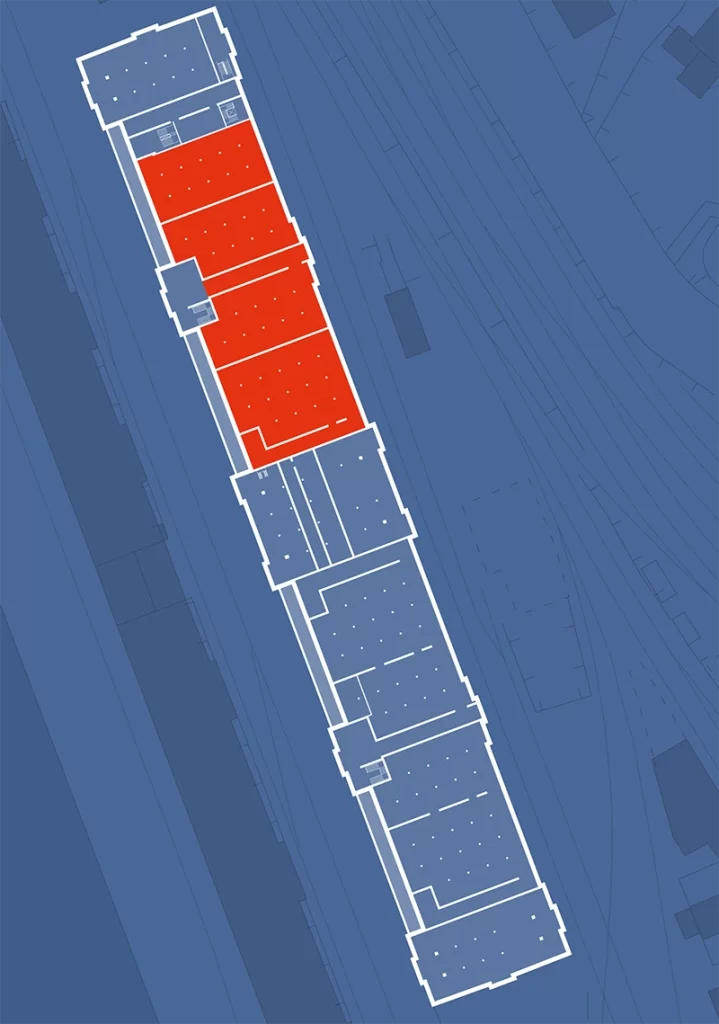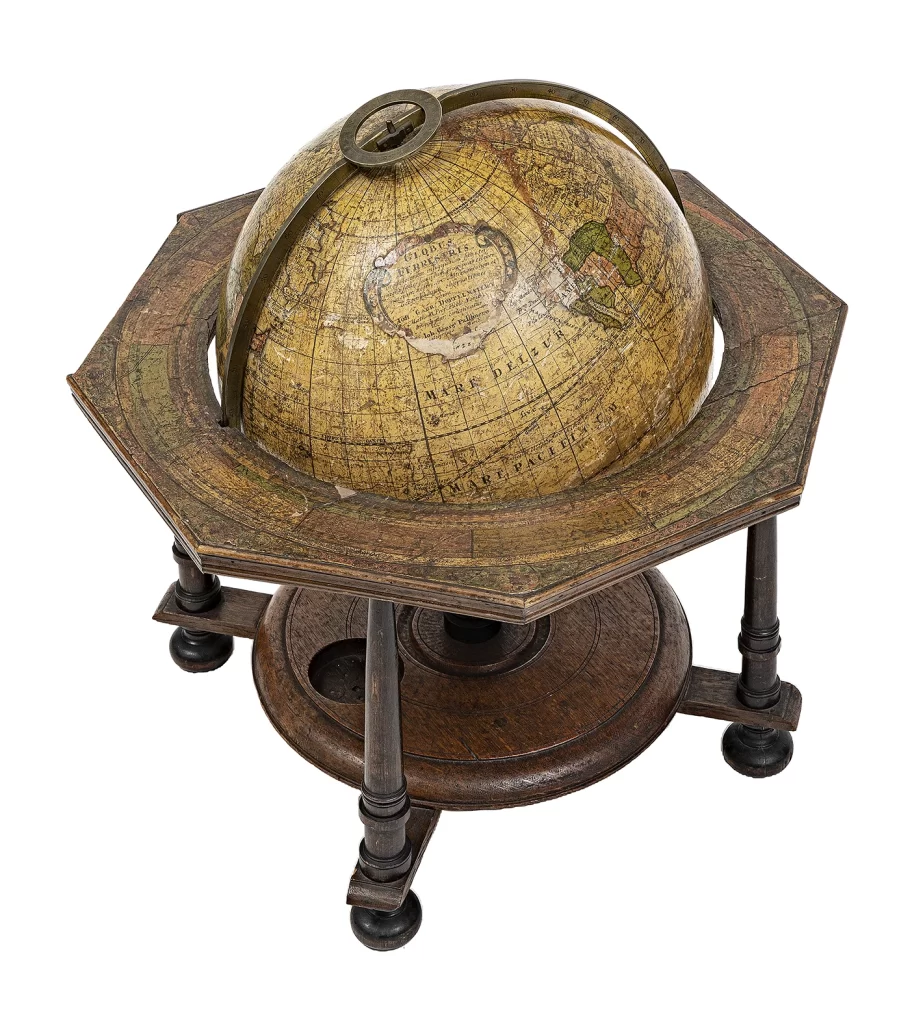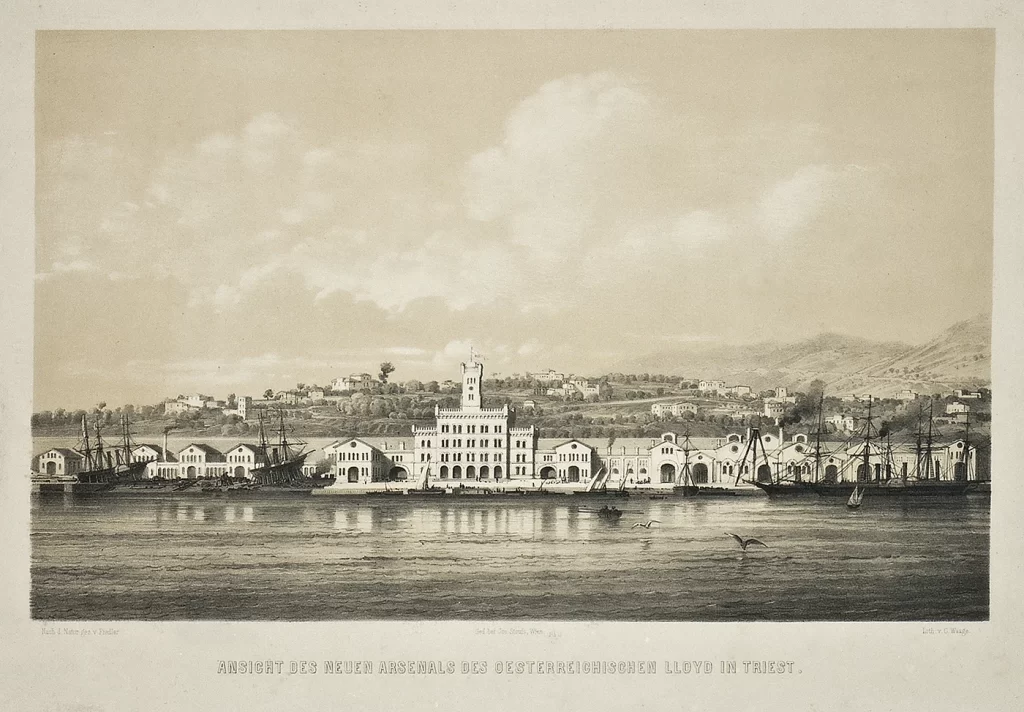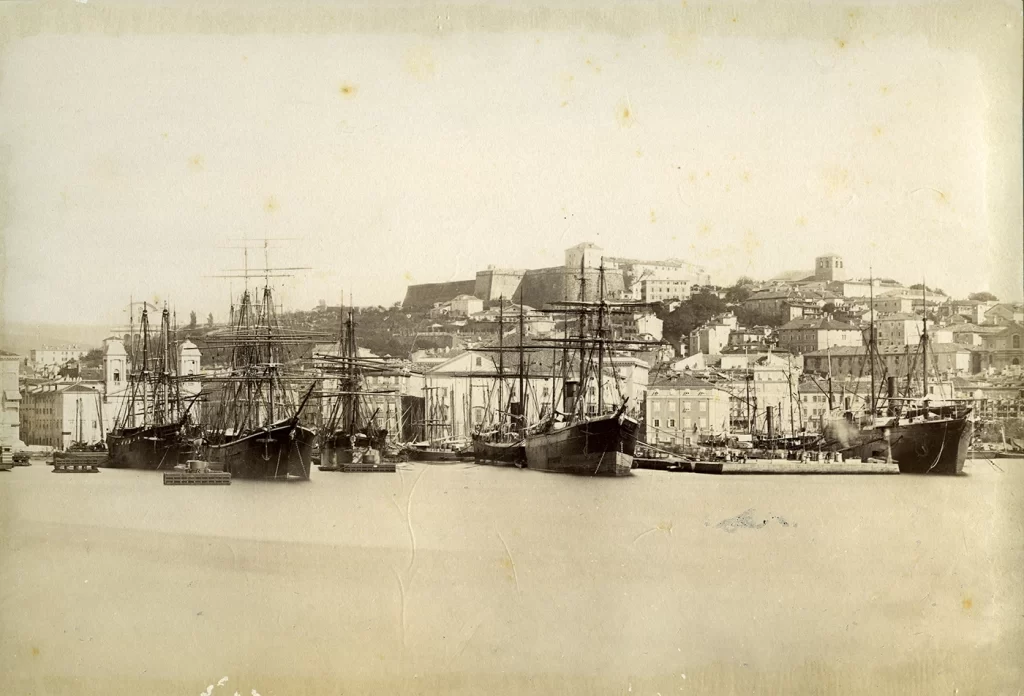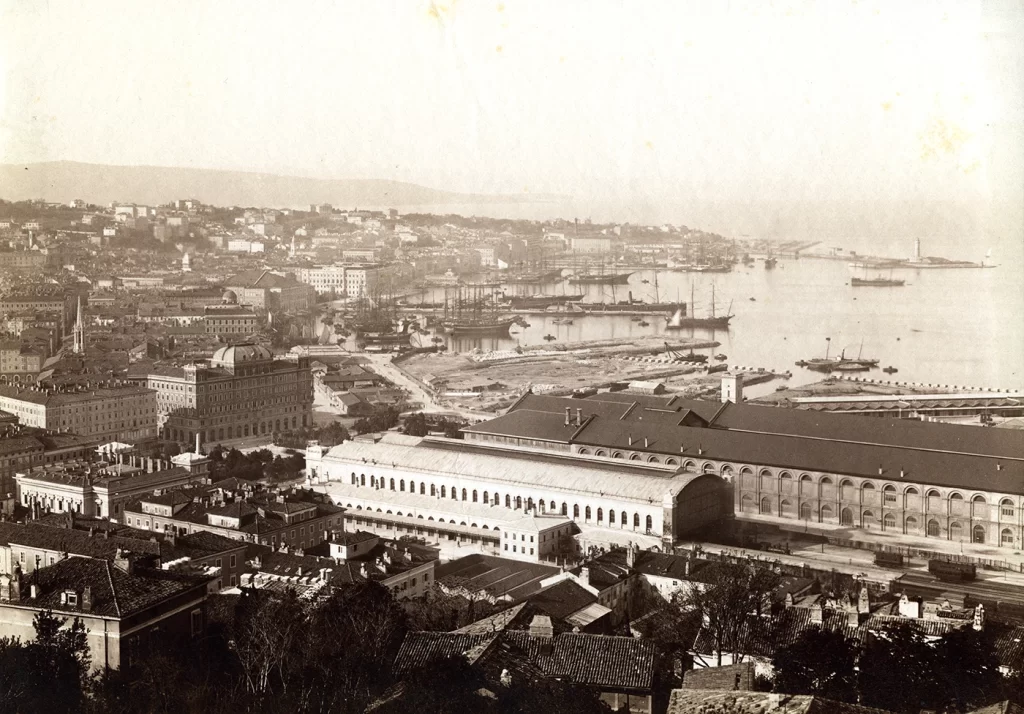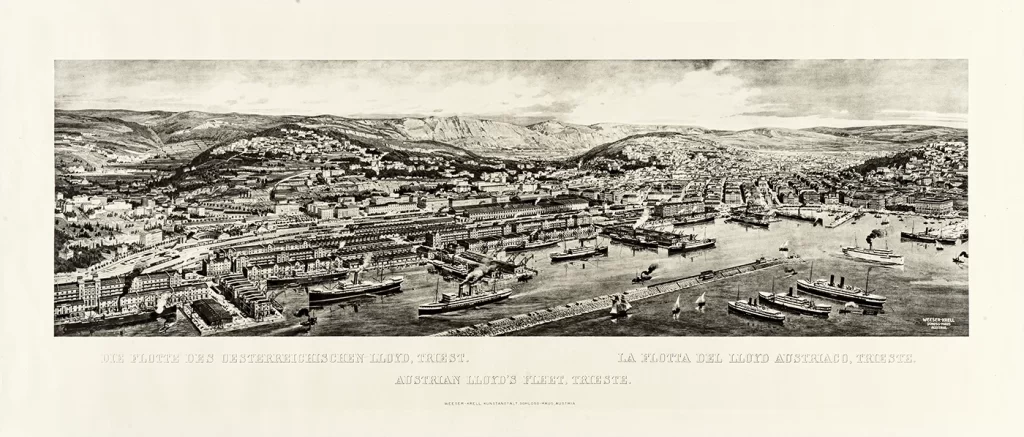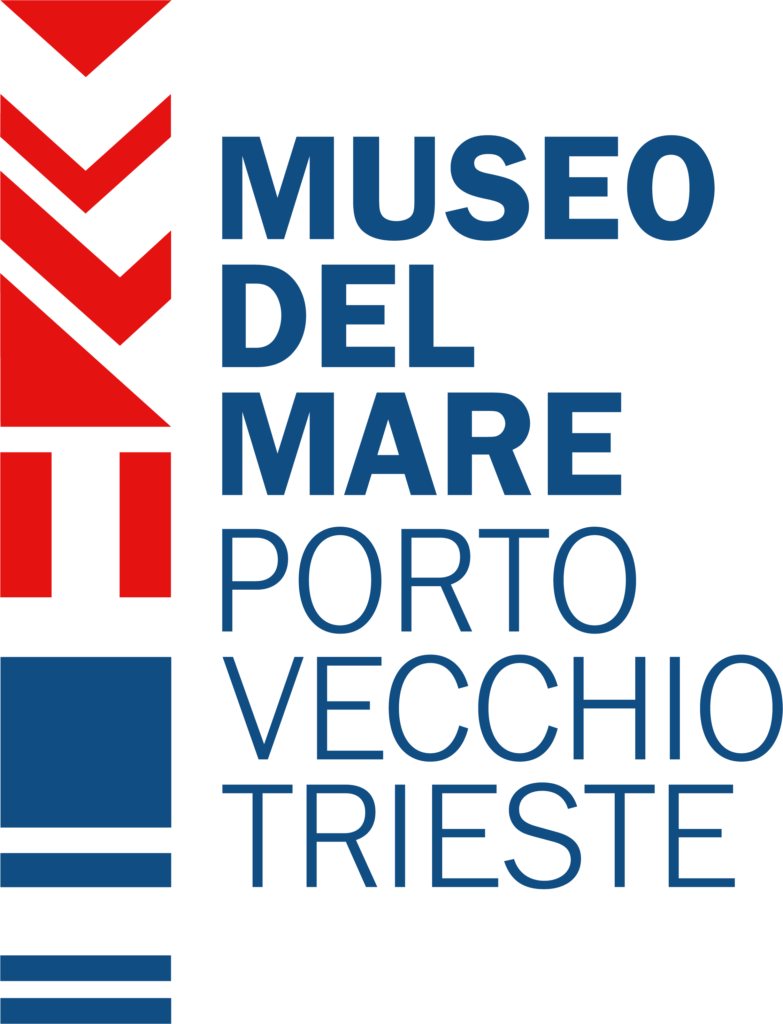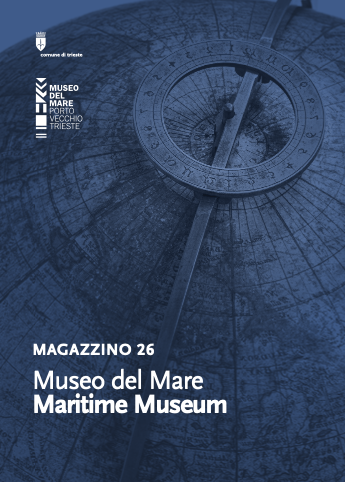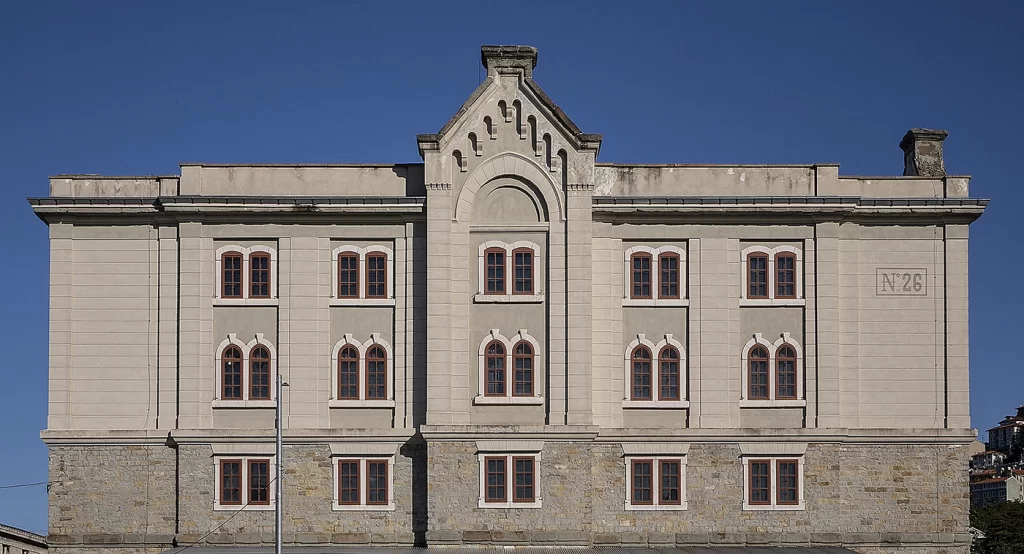
To know Trieste you must know its close relationship with the sea, a part of the city’s everyday life, culture, history and economy.
The Maritime Museum illustrates these relationships in its collections, which include models, instruments, paintings, sketches, documents, photographs, books, registers, ship’s items, nautical charts and more.
Founded in 1904, the Museum had various homes before settling at Magazzino 26 in Porto Vecchio. Magazzino 26 is the largest building of the port complex – built in the second half of the 19th century to consolidate Trieste’s role as the main sea outlet and commercial hub of the Habsburg Empire – and represents an industrial architecture of elegance and solidity.
Built between 1893 and 1897, the original design envisaged a crenellated clock tower similar to those of the Lloyd Arsenal [Dockyard] and Miramare Castle and in keeping with nineteenth-century Trieste’s civil and commercial architecture, which recalls an imaginary medieval age reinterpreted in practical and convenient form.
The rectangular building is divided into five levels: a basement, a mezzanine floor and three upper floors that were originally served by a goods lift.
The historic warehouse function has been adapted to the need to accommodate a museum rather than the goods of former times, with its collections, a well-structured exhibition, the Mario Marzari specialist library and a children’s learning workshop.
The Museum’s collections are arranged thematically to aid exploration of various figures and aspects related to the history, economy and communities of the sea: from technological developments to shipping companies, and from fishing to the port’s development, themes that reflect the unbreakable links between the city’s history and the sea.
Trieste and its port
The modern history of the city and port of Trieste began when the Habsburgs introduced an autonomous maritime policy.
The proclamation in 1717 of free navigation in the Adriatic ended Venetian control of trade. The cities of Trieste and Fiume were granted free port status later in 1719, exempting goods traded in these places from duties. In 1769 Maria Theresa extended this privilege to the entire city, implementing economic policies, and urban and infrastructure projects, that enabled Trieste to evolve rapidly from a simple seaside village to the Empire’s main port and third most populated city.
The following decades saw the creation of the workforce, the companies and the institutions needed for further development of the area. Completion of the railway connecting the city to Vienna in 1857, and construction of the Suez Canal, from 1859 to 1869, allowing direct navigation from the Mediterranean to the Indian Ocean, were crucial in this regard.
Planning of a large port area began in 1863 to support the strong growth of trade. Innovative technical and architectural solutions were introduced and the urban plan integrated the port area and the new part of the city.
New construction techniques such as combining metal and masonry structures, the use of new materials such as reinforced concrete, and the introduction of hydraulic and electromechanical systems, led to the creation of more functional buildings. Trieste became a centre of experimentation and dissemination of the major innovations of the era.
Work finished around the end of the century, when further expansion became necessary towards Muggia: the newly created large port had already become Porto Vecchio, or Old Port.
Third floor
The stories of the city and the port run in parallel and fit into the broader paths of international events. The diorama depicts the city as it was in 1838, while supporting videos trace its journey to the present to assist understanding of its dynamics and social structure.
